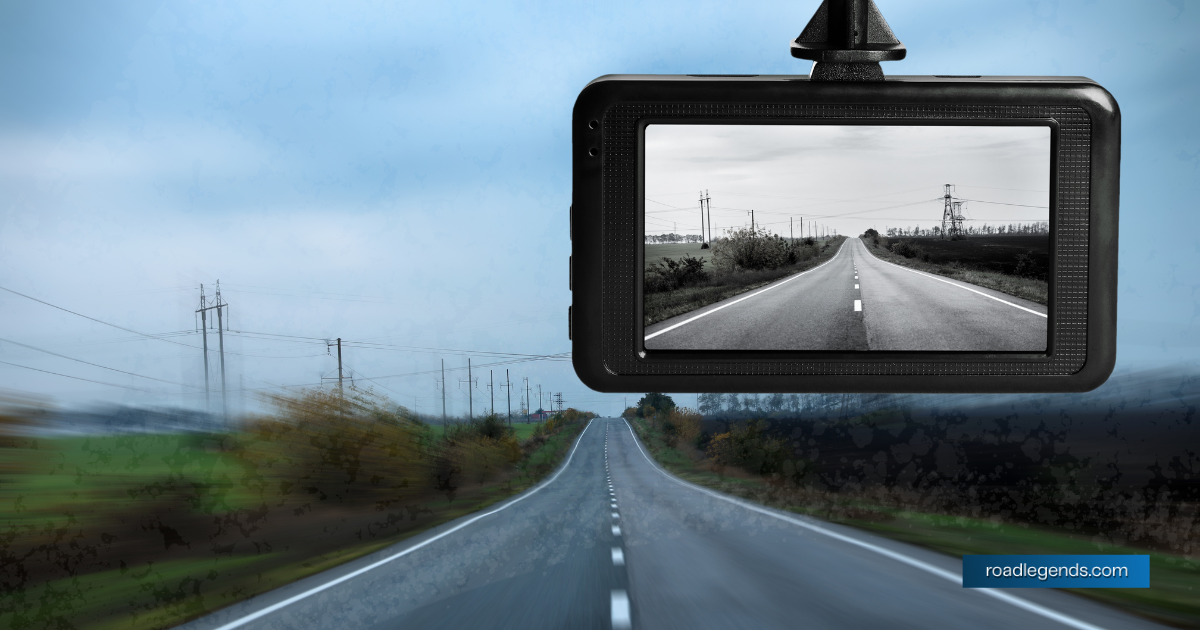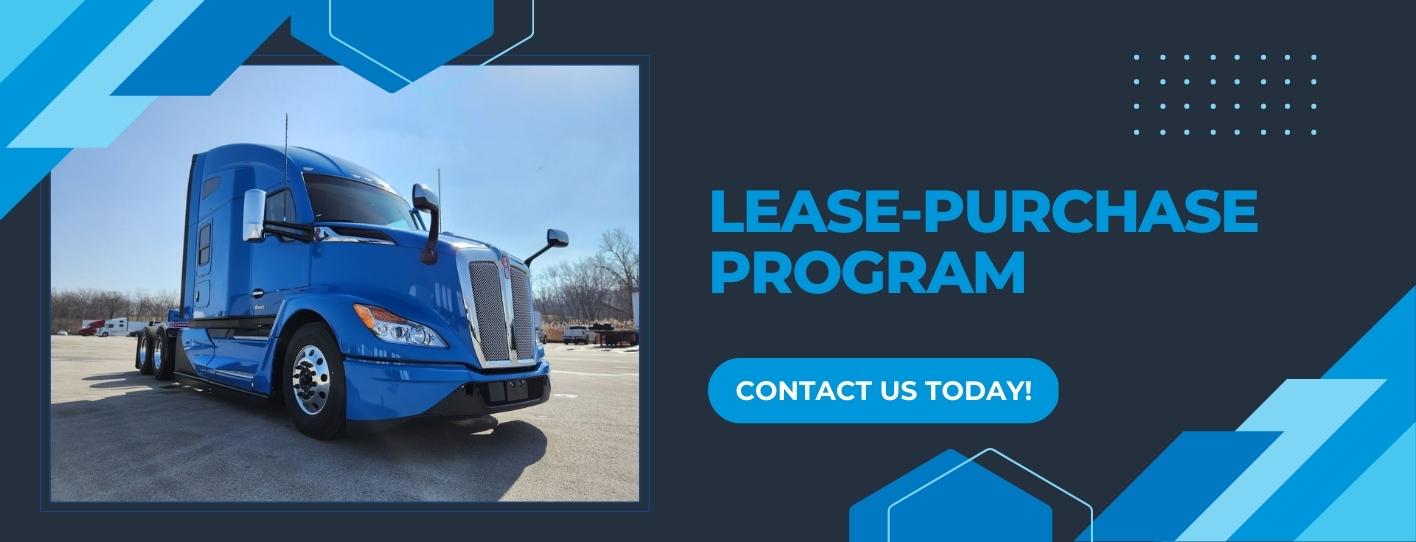
The Safety Revolution: How is a Dash Cam Transforming Fleet Management?
When managing fleets, safety and efficiency matter most, dash cams are becoming crucial tools. These dash cameras do more than just record videos—they help fleet managers in various ways. From improving safety to saving fuel, dash cams play a big role in making fleet operations smoother and more successful. In this article, we'll explore how a dash cam is changing the game for fleet managers, giving them valuable information and making sure their journeys on the road are safer and more efficient.
6 ways dash cams can help fleet managers
Using a dash cam in fleet management makes it easier to create effective safety programs compared to relying solely on traditional telematics. The detailed video footage from a dash cam adds context and identifies positive and negative driver behaviors that telematics alone may miss. Despite your goal to protect your company and fleet during accidents, prevent fraud, ensure accountability among drivers, or lower insurance premiums, investing in a dash cam for your fleet management is a valuable choice.
Here are some more reasons why it can help your trucking business.
1. Investigating incidents and insurance claims
A dash cam is not just for recording accidents but also for looking into other incidents. This could be customer disputes, theft, or vandalism to a truck. The footage from dash cams acts as crucial evidence. It helps resolve insurance claims faster and protects the fleet's interests.
2. Driver support and training
Dash cams are helpful tools for training and guiding truck drivers. They provide real-time insights into how drivers behave on the road. This helps fleet managers identify areas where drivers might need more training or coaching.
For example, if a driver brakes suddenly or drifts out of their lane, the dash cam footage can be used to give feedback. This encourages safer and more responsible driving habits.
3. Improving customer service
For businesses involved in deliveries and customer interactions, a dash cam footage becomes a valuable tool to elevate customer service. It provides a comprehensive record of interactions and deliveries, assisting in efficiently resolving customer disputes or inquiries.
Moreover, the presence of dash cams acts as a positive reinforcement, encouraging drivers to consistently uphold the trucking company's standards of professionalism and service, ensuring a positive customer experience.
4. Monitoring fuel efficiency
Fuel costs a lot for fleets, and dash cams can help monitor how efficiently trucks use fuel. They track things like engine idling, sudden acceleration, and other habits that waste fuel. By finding these areas, fleet managers can take steps to improve overall fuel efficiency. This not only saves money but is also better for the environment.
5. Theft prevention and safety
Dash cams equipped with a parking mode serve as effective security cameras when trucks are parked. They can capture any unauthorized access or attempted theft, serving as critical evidence for law enforcement. The visible presence of dash cams acts as a deterrent, dissuading potential thieves and enhancing the overall security of the parked trucks.
6. Ensuring regulatory compliance
In industries with strict regulatory requirements, dash cameras play a pivotal role in guaranteeing compliance. By recording driver behavior, they provide concrete evidence of adherence to rules and regulations. This recorded data is vital during audits and compliance reporting, showcasing the commitment to meeting and exceeding regulatory standards, ensuring a smooth and lawful operation.

Choosing the right dash cam for your fleet
When picking the perfect dash cameras for your fleet vehicles, there are some important features to consider. Look for a dash cam that has two cameras – one for the front and one for the back – so you can see everything. It's also great if it stores data in the cloud, making it easy to access from anywhere. Some dash cams even warn you if you're about to accidentally change lanes, preventing possible accidents. Ensure your dash cam has all these features to manage your fleet effectively. Let’s discuss these features in detail below.
1. Dual dash camera
A dual dash cam for fleet vehicles offers a complete view both inside and outside the truck, providing valuable insights for fleet managers. This setup, featuring cameras capturing front and rear views, ensures a comprehensive understanding of any incidents on the road.
When choosing a camera system, opt for high-resolution cameras with wide-angle lenses and night vision for clear footage in various conditions. An interior camera monitoring the driver's behavior is essential. Additional features such as motion detection sensors and parking mode enhance the dash cam's capabilities, allowing for footage review even when the vehicle is unoccupied. This balanced combination of features ensures reliable evidence accessibility when needed.
2. Dash cam with cloud storage
In addition to a dual dash cam, cloud storage is a crucial aspect of commercial dash cam fleet management. Cloud storage provides convenient access to footage from anywhere at any time, eliminating the risk of data loss due to physical storage devices like SD memory cards.
Cloud storage also ensures data security with encrypted storage and access controls. This facilitates efficient footage review and enables fleet managers to monitor driver behavior and organize data effectively.
3. Lane departure warning for safe driving
When evaluating a commercial dash cam for fleet vehicles, lane departure warning stands out as a critical feature. This technology alerts drivers if they unintentionally drift out of their lane, promoting safety and preventing potential sideswipes.
Particularly valuable in areas with heavy traffic or unpredictable weather, lane departure warnings provide an audible alert, allowing drivers sufficient time to make corrections and stay on course.
Is it worth investing in a dash cam for your fleet?
The cost of installing dash cameras in your fleet can vary based on the number of vehicles and the type of cameras chosen. Generally, a good quality dash cameras may range from $100 for front-facing only to $400 for a dual-facing camera. Although there are initial expenses, the benefits of dash cameras with real-time reporting can outweigh the costs in the long term. These dash cameras can save money by protecting your drivers from costly lawsuits and providing various asset management tools. The return on investment (ROI) from the cost savings often surpasses the initial investment.
Get ready to transform your fleet management with dash cameras
In recent times, businesses worldwide have been using new technologies to make their operations better. The part of the business that manages vehicle fleets has changed a lot. They now use advanced technologies like dash cams, navigation systems, and sensors to improve how they work. These technologies, especially the ones in trucks, have become crucial for fleet managers. They help in many aspects, like making operations more efficient, improving safety, and increasing overall productivity. Even though businesses faced challenges in 2020, the use of video telematics, a technology combining videos and data, has stayed strong. The trucking industry forecasts suggest that it is expected to grow a lot more in the future. The improvement in vehicles, better monitoring systems, both manual and automatic processes, and the growth of the industry have made video telematics and smart technology essential for any fleet manager's work.

Best 11 Trucking Podcasts We Bet You’ll Actually Enjoy
Country playlists and radio talk had their charm, but podcasts have completely changed the game for drivers. Check out this list of the 11 best trucking podcasts.

6 Practical Ways To Manage Truck Downtime Before It Costs You
Truck downtime can drain your revenue and hurt customer satisfaction. Discover simple, proactive steps to reduce downtime, improve fleet performance, and keep your trucks on the road where they belong.

Driver’s Knee Got You Down? Here’s How to Fight Back
Spending long hours on the road can lead to knee pain, known as Driver’s Knee. Learn how truckers can prevent and manage this common issue.